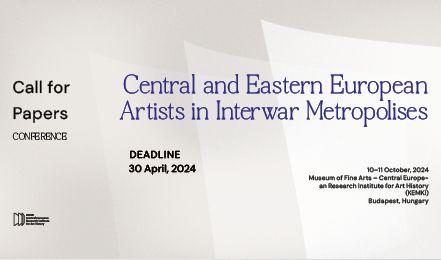‘network’
Nemzetközi találkozó és workshop az Attic Archívumra koncentráló kétéves kutatási projekt keretében
… and now dispersed across collections in Scotland, Ireland and Hungary. Working as a 'network of care,' the research group is developing an open-source web platform for The Attic Archive designed and developed by sound and infrastructure artist Vo Ezn. This is the second workshop in a series of three, and you can learn more about the first event in Dundee here . We aim to launch the web platform publicly in 2025, where we will publish work and documentation …
A jövő archívumai
… “clients” of the Archive and the Bureau posed a lot of questions about forms of self-organization, network-building, maintaining international contacts, the shape of mutual relationships, methods of communication, the extent to which they interfered in reality, the willingness and capacity to enact social change. Some wrote manifestos. They considered expanding the possibilities of the language they used and the meanings of individual words. They attempted to create new alphabets. They created …
Artpool40 – Aktív Archívumok, Művészeti Hálózatok
… curatorial and museological practices, and the historiography of Cold War art scenes and networks. The conference takes Artpool’s 1979 concept of an “ Active Archive ” as a starting point to explore its contemporary interpretations and applications, and its similarities with and differences from other artist archives. As Artpool’s founder György Galántai puts it, an active archive “generates the very material to be archived” through calls for participation, cooperation, …
Central and Eastern European Artists in Interwar Metropolises
… for shorter or longer periods; and most enjoyed the help of personal, professional or political networks while abroad. In addition to analysing individual cases and oeuvres of forced or voluntary, and temporary or permanent artistic emigration, keynote speakers Éva Forgács, (Art Center College of Design, Pasadena; Moholy-Nagy University of Art and Design, Budapest) and Angela Lampe (Musée national d’art moderne – Centre Pompidou, Paris), as well as participants from six countries will …
CFP: Central and Eastern European Artists in Interwar Metropolises
… for shorter or longer periods; and most enjoyed the help of personal, professional or political networks while abroad. In addition to analysing individual cases and oeuvres of forced or voluntary, and temporary or permanent artistic emigration, the conference will address how networks may have centred on traditional institutions of artist education, political movements, intellectual circles or actors generated by private (family, friends) social capital. The social relations of modern …




